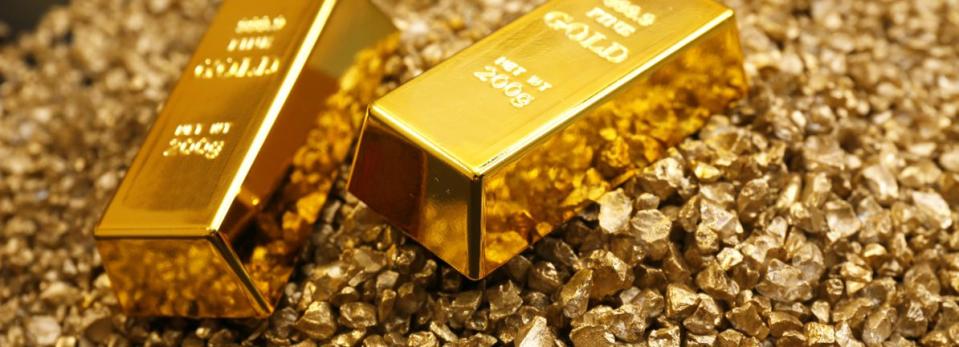If You Had Bought Krakatoa Resources (ASX:KTA) Stock Five Years Ago, You'd Be Sitting On A 72% Loss, Today

Generally speaking long term investing is the way to go. But that doesn't mean long term investors can avoid big losses. To wit, the Krakatoa Resources Limited (ASX:KTA) share price managed to fall 72% over five long years. We certainly feel for shareholders who bought near the top. More recently, the share price has dropped a further 24% in a month.
View our latest analysis for Krakatoa Resources
We don't think Krakatoa Resources's revenue of AU$4,352 is enough to establish significant demand. You have to wonder why venture capitalists aren't funding it. So it seems that the investors focused more on what could be, than paying attention to the current revenues (or lack thereof). For example, investors may be hoping that Krakatoa Resources finds some valuable resources, before it runs out of money.
Companies that lack both meaningful revenue and profits are usually considered high risk. You should be aware that the company needed to issue more shares recently so that it could raise enough money to continue pursuing its business plan. While some companies like this go on to deliver on their plan, making good money for shareholders, many end in painful losses and eventual de-listing. Some Krakatoa Resources investors have already had a taste of the bitterness stocks like this can leave in the mouth.
Krakatoa Resources only just had cash in excess of all liabilities when it last reported. So it is a good thing that the company has looked to remedy the situation by raising more capital recently. The cash situation might not explain why the share price is down 22% per year, over 5 years. The image below shows how Krakatoa Resources's balance sheet has changed over time; if you want to see the precise values, simply click on the image.
It can be extremely risky to invest in a company that doesn't even have revenue. There's no way to know its value easily. What if insiders are ditching the stock hand over fist? I would feel more nervous about the company if that were so. You can click here to see if there are insiders selling.
What about the Total Shareholder Return (TSR)?
We've already covered Krakatoa Resources's share price action, but we should also mention its total shareholder return (TSR). The TSR is a return calculation that accounts for the value of cash dividends (assuming that any dividend received was reinvested) and the calculated value of any discounted capital raisings and spin-offs. We note that Krakatoa Resources's TSR, at -67% is higher than its share price return of -72%. When you consider it hasn't been paying a dividend, this data suggests shareholders have benefitted from a spin-off, or had the opportunity to acquire attractively priced shares in a discounted capital raising.
A Different Perspective
It's good to see that Krakatoa Resources has rewarded shareholders with a total shareholder return of 11% in the last twelve months. Notably the five-year annualised TSR loss of 20% per year compares very unfavourably with the recent share price performance. This makes us a little wary, but the business might have turned around its fortunes. I find it very interesting to look at share price over the long term as a proxy for business performance. But to truly gain insight, we need to consider other information, too. Case in point: We've spotted 5 warning signs for Krakatoa Resources you should be aware of, and 2 of them are a bit unpleasant.
Of course, you might find a fantastic investment by looking elsewhere. So take a peek at this free list of companies we expect will grow earnings.
Please note, the market returns quoted in this article reflect the market weighted average returns of stocks that currently trade on AU exchanges.
If you spot an error that warrants correction, please contact the editor at editorial-team@simplywallst.com. This article by Simply Wall St is general in nature. It does not constitute a recommendation to buy or sell any stock, and does not take account of your objectives, or your financial situation. Simply Wall St has no position in the stocks mentioned.
We aim to bring you long-term focused research analysis driven by fundamental data. Note that our analysis may not factor in the latest price-sensitive company announcements or qualitative material. Thank you for reading.

 Yahoo Finance
Yahoo Finance 
